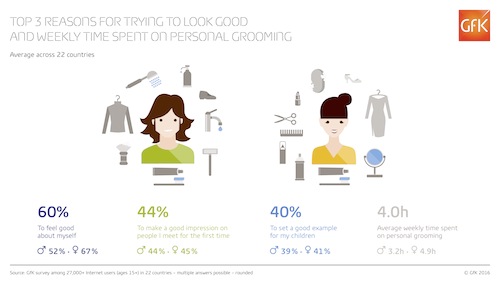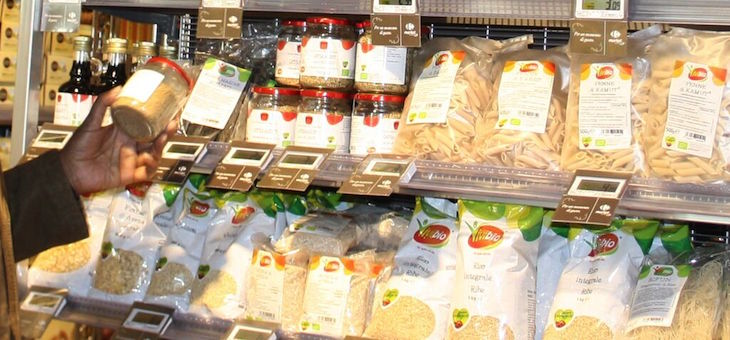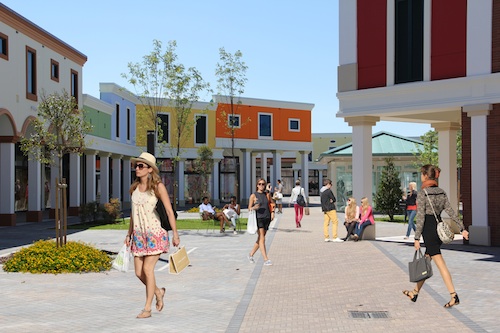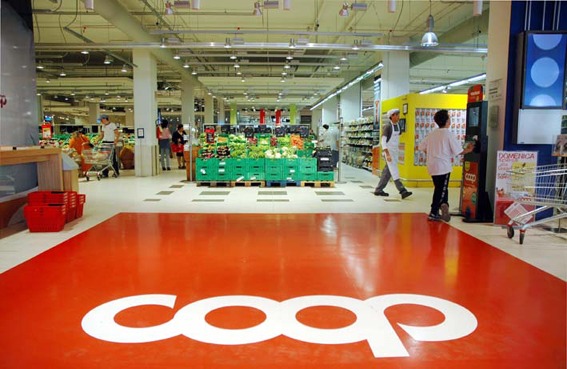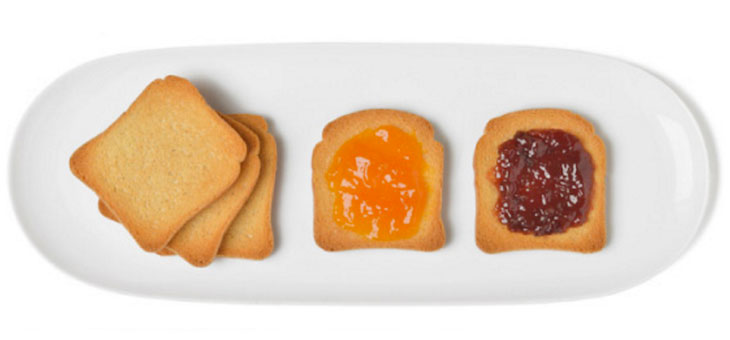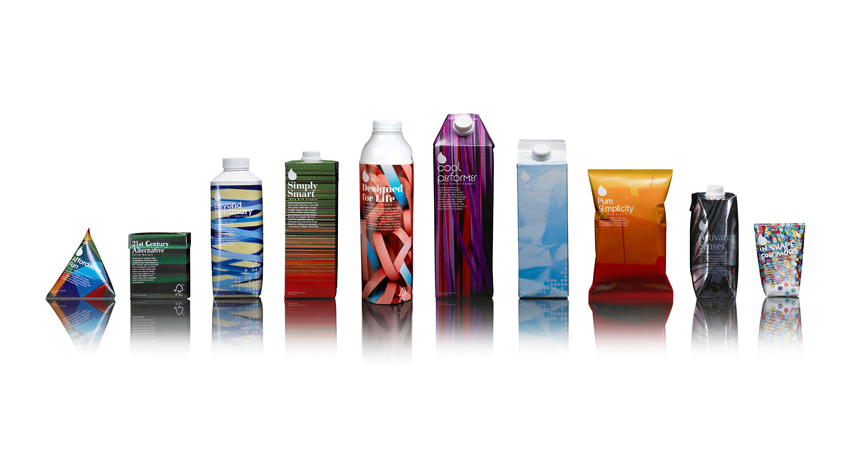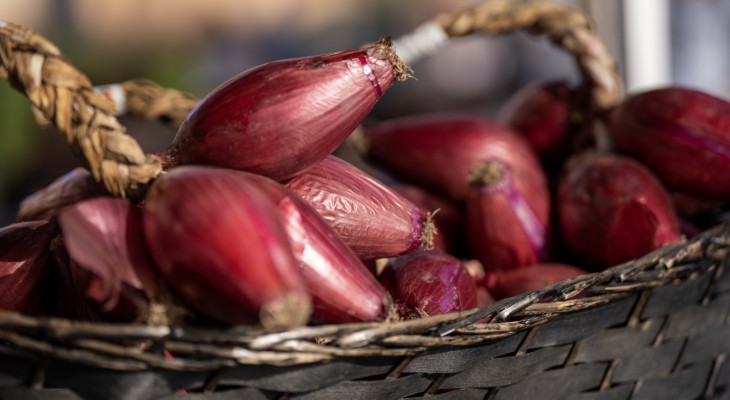Vini e spumanti in GDO: lo scenario si rivela positivo, evidenziando una crescita sia in volume sia in valore. “A trainare – spiega Domenico Zonin, Presidente dell’Osservatorio del Vino, commentando i dati Ismea – sono state soprattutto le bollicine le cui vendite sono salite del 6,7% a volume e del 6,5 a valore. Come nel commercio con l’estero, anche nel mercato interno il prodotto trainante è il Prosecco”.
“Un buon indicatore – aggiunge Zonin – è rappresentato dalla tenuta sugli acquisti dei vini di qualità. La cultura media del consumatore rispetto ai nostri prodotti è sicuramente aumentata e questo dato ci conforta molto. La strada intrapresa è quella corretta: senza qualità, amore per la terra e rispetto per il consumatore, non si arriva lontano. Il mercato lo sa, e ci sta premiando, prova ne sia che per i vini Doc-Docg, la variazione positiva è soprattutto sul fronte della spesa e, quindi, del prezzo medio che i consumatori sono disposti a spendere”.
Le bollicine anche in questo ambito svettano rispetto agli altri vini. Va sottolineato l’ottimo risultato dei rosati. Fatto, questo, che dimostra che in Italia come in Francia, c’è interesse verso questa tipologia, che nel nostro contesto rappresenta il 5% del totale vino.
Fuori dai confini nazionali
“Passando sul fronte export – prosegue Domenico Zonin – da gennaio a ottobre 2015, secondo le elaborazioni Ismea su dati Istat analizzate dall’Osservatorio del Vino, si registra una flessione del 3% rispetto allo stesso periodo del 2014 (16,4 milioni di ettolitri da gennaio ad ottobre 2015). A trainare sono sempre le Dop (+3%) guidate dagli spumanti che nel complesso (Dop, Igp, comuni e varietali) nei primi dieci mesi del 2015 fanno segnare un export superiore ai 2 milioni di ettolitri (+10%) per un valore pari a 742 milioni di euro (+12%)”.
“Molto bene la fiducia che gli Stati Uniti confermano verso il nostro vino – continua Zonin – con un incremento del 6% in volume accompagnato da un +13,6% in valore che da gennaio a ottobre 2015 vale oltre 1 miliardo di euro. Alla base di questo risultato, l’ottima performance dei vini spumanti che fanno registrare un +20% nel mercato a stelle e strisce. Anche il Regno Unito dimostra apprezzamento per il vino italiano con un +5,4% in volume e un + 8,6% in valore, completamente attribuibile, in questo caso, ai vini spumanti. Segni positivi anche dalla domanda di vino italiano in Cina che cresce del 6,6% in volume e del 17,4% in valore. Risultati, questi, che ci fanno ben sperare per il nuovo anno appena cominciato”.
Dinamica degli acquisti di vino e spumante nella DM: 2015 vs 2014
Fonte: ISMEA su dati Nielsen Market*Track






